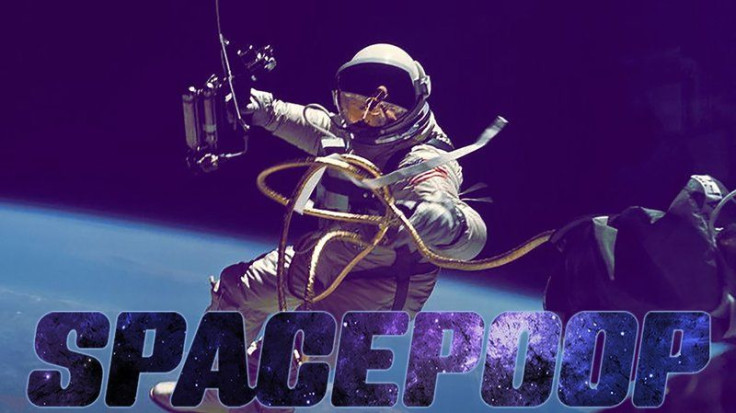NASA Space Poop Challenge: Winners Announced For Solutions To Astronauts’ Potty Problems

When NASA announced the space poop challenge to crowdsource a toilet solution for its astronauts in October 2016, with a combined total of $30,000 in prize money, it wanted an innovative design for waste management that could transcend the one-day limit of diapers used by astronauts in space to a continuous duration of up to 144 hours (six days).
Well, the world responded. Around 5,000 teams rose to the poop challenge. And yes Houston, we have a solution. In fact, we have three.
Coming in at third place, Hugo Shelley, a British designer, will receive $5,000 for his concept titled "SWIMSuit—Zero Gravity Underwear" which are briefs that store the waste inside the suit using an external catheter that works along with a mechanism to compress, seal and sanitize the waste.
In second place is the "Space Poop Unification of Doctors"(SPUDs) team. Based out of Houston, the team won $10,000 for conceptualizing a design which uses air pressure, thanks to something called “air-push urinary girdle,” to push out waste through an exit tube.
And the winner of the $15,000 grand prize is Thatcher Cardon, an Air Force officer and flight surgeon, for his concept titled "MACES Perineal Access & Toileting System." The design involves setting up a small compartment in the groin area with a tiny hole that could be used to insert and remove expandable diapers and underwear.
Cardon’s idea was inspired from minimally invasive surgeries. "I never thought that keeping the waste in the suit would be any good... So I thought, How can we get in and out of the suit easily? I thought about what I know regarding less invasive surgeries like laparoscopy or arthroscopy or even endovascular techniques they use in cardiology — they can do some amazing things in very small openings… they can even replace heart valves now through catheters in an artery," Cardon told NPR.
Emphasizing “when you gotta go, you gotta go. And sometimes you gotta go in a total vacuum,” the space agency had announced the challenge in October, saying it was seeking solutions “for fecal, urine, and menstrual management systems to be used in the crew’s launch and entry suits over a continuous duration of up to 144 hours (six days).”
The challenge was organized by the crowdfunding site HeroX through NASA’s Center of Excellence for Collaborative Innovation which was established with support from the White House Office of Science and Technology Policy and other federal agencies.
“What's needed is a system inside a space suit that collects human waste for up to 144 hours and routes it away from the body, without the use of hands. The system has to operate in the conditions of space — where solids, fluids, and gases float around in microgravity (what most of us think of as ‘zero gravity’) and don't necessarily mix or act the way they would on earth. This system will help keep astronauts alive and healthy over 6 days, or 144 hrs,” NASA explained the challenge in an earlier statement.
© Copyright IBTimes 2024. All rights reserved.






















